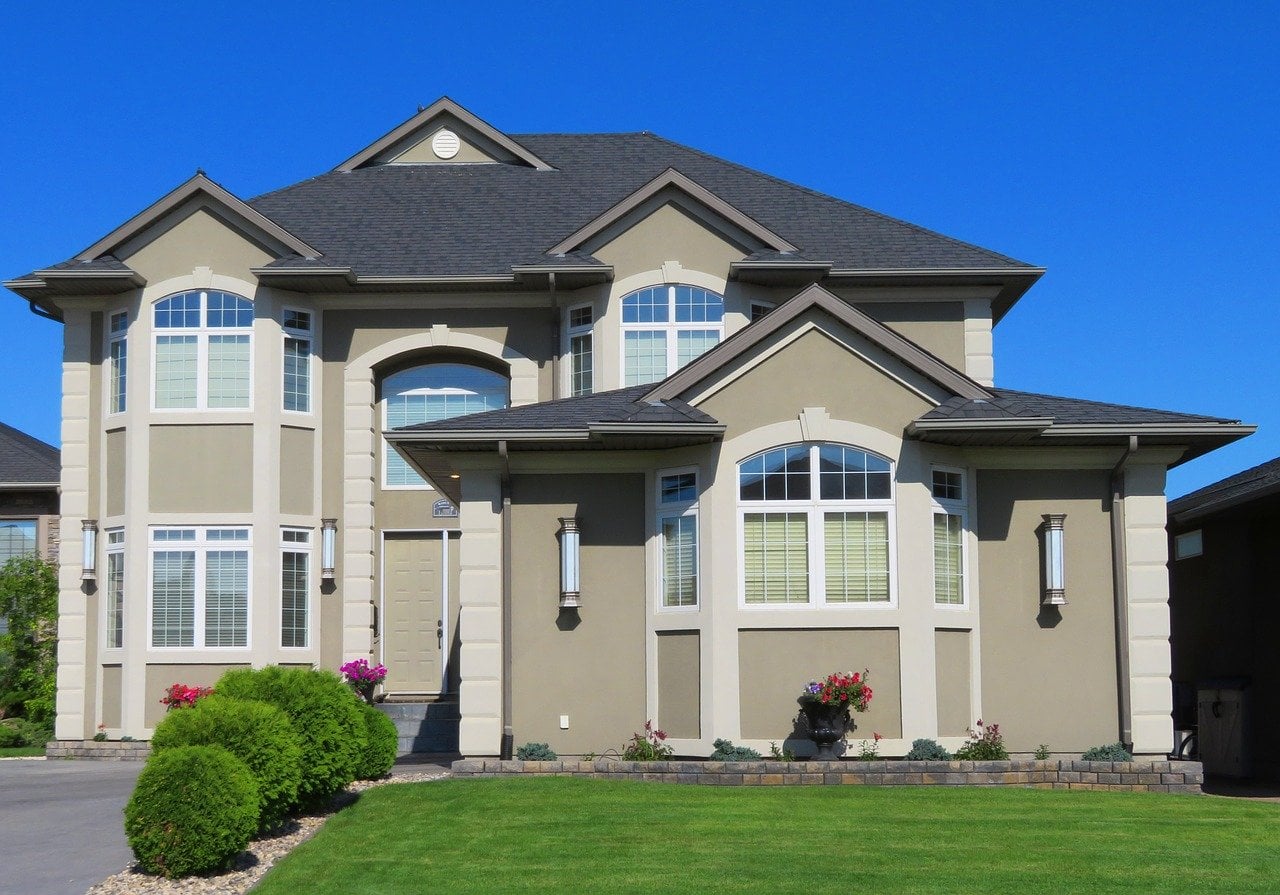This week’s housing industry news showed a continued deceleration in mortgage applications, the first increase in time on market in more than two years and a troubling report on mortgage denial rates for Black homebuyers.
On the Mortgage Front
Freddie Mac (OTCMKTS:FMCC) reported the 30-year fixed-rate mortgage averaged 5.66% as of Sept. 1, up from last week when it averaged 5.55%. The 15-year fixed-rate mortgage averaged 4.98%, up from last week when it averaged 4.85%.
Q2 2022 hedge fund letters, conferences and more
And the 5-year Treasury-indexed hybrid adjustable-rate mortgage averaged 4.51%, up from last week when it averaged 4.36%.
“The market’s renewed perception of a more aggressive monetary policy stance has driven mortgage rates up to almost double what they were a year ago,” said Sam Khater, Freddie Mac’s chief economist.
“The increase in mortgage rates is coming at a particularly vulnerable time for the housing market as sellers are recalibrating their pricing due to lower purchase demand, likely resulting in continued price growth deceleration.”
While mortgage rates continued to climb, mortgage applications were in decline for the fourth straight week, remaining at their lowest level in 22 years.
The Mortgage Bankers Association’s (MBA) Market Composite Index was down by 3.7% on a seasonally adjusted basis for the week ending Aug.
26 while the unadjusted index was down 5%. The unadjusted Refinance Index decreased by 8% from the previous week and was 83% lower than the same week one year ago.
“Application volume dropped and remained at a multi-decade low last week, led by an 8 percent decline in refinance applications, which now make up only 30 percent of all applications,” said
Joel Kan, MBA associate vice president of economic and industry forecasting. “Purchase applications have declined in eight of the last nine weeks, as demand continues to shrink due to higher rates and a weaker economic outlook.
However, rising inventories and slower home-price growth could potentially bring some buyers back into the market later this year.”
In other mortgage-related news, LendingTree (NYSE:TREE) published data that found the purchase mortgage denial rate for Black homebuyers was twice as high as the denial rate for the overall mortgage borrower population in each of the nation’s 50 largest metros.
On average, 18% of Black homebuyers are denied a mortgage, which was nine percentage points higher than the average denial rate for the overall population of 9%.
Denial rates for Black borrowers are highest in Detroit, Miami and Jacksonville and are lowest in San Francisco, Seattle and Sacramento.
Across Detroit, Miami and Jacksonville, LendingTree found the average denial rate for Black borrowers is 25.52%, more than double the average denial rate of 12.55% across San Francisco, Seattle and Sacramento.
“Though discrimination against a homebuyer on the basis of their race is illegal, it still happens,” said LendingTree Senior Economist Jacob Channel.” It is for this reason that both lenders and individuals must learn to spot the signs of discrimination so that they can better avoid it.”
On the Homebuying Front
Last month marked the first time since June 2020 that an increase in time on market was recorded. According to Realtor.com, homebuyers in August had more active listings to choose from than last year (+26.6%), even while new sellers continued to pull back.
Realtor.com, which is operated by News Corp (NASDAQ:NWS)(NASDAQ:NWSA) subsidiary Move Inc., noted that a typical home spent 42 days on market in August, five days longer than last year and the first increase since June 2020, but still 22 days faster than in 2017-2019, on average.
Time on market was lower across the 50 largest U.S. metros (37 days, on average) relative to the national median, but also slowed from the August 2021 pace (+5 days) in the same markets.
“For many of today’s buyers, the uptick in for-sale home options is taking away the sense of urgency that they felt during the past two years, when inventory was scarce,” said Danielle Hale, chief economist for Realtor.com.
“As a result of this shift coupled with higher mortgage rates, competition continued to cool in August, with listing price trends indicating that home shoppers are tightening their purse strings.
As we soak up the last days of summer, the housing market is beginning to find more balance between buyer-friendliness and still favorable selling conditions.”
Homebuyers in search of XL-priced homes might be noticing that available properties are getting smaller. Zillow Group (NASDAQ:ZG) reported homes that sold at or near $1 million contracted nearly 500 square feet, down from a peak of 3,021 in the middle of 2020 to a depth of 2,530 in early 2022. However, home sizes bounced back before July and are now 2,624 square feet, down 397 square feet from the 2020 peak.
"Buyers with seven-figure budgets shopping for homes during the pandemic were doing so coming off the longest period of economic growth in U.S. history and with the help of historically low interest rates," said Anushna Prakash, economic data analyst at Zillow.
"Sales for expensive homes soared while buyers in the heat of competition accepted smaller layouts."
In other data news, home prices were up 17.7% from the second quarter of 2021 to the second quarter of 2022 according to the Federal Housing Finance Agency (FHFA). Prices were up 4% compared to the first quarter of 2022.
“Housing prices grew quickly through most of the second quarter of 2022, but a deceleration has appeared in the June monthly data” said William Doerner, supervisory economist in FHFA’s Division of Research and Statistics. “The pace of growth has subsided recently, which is consistent with other recent housing data.”






